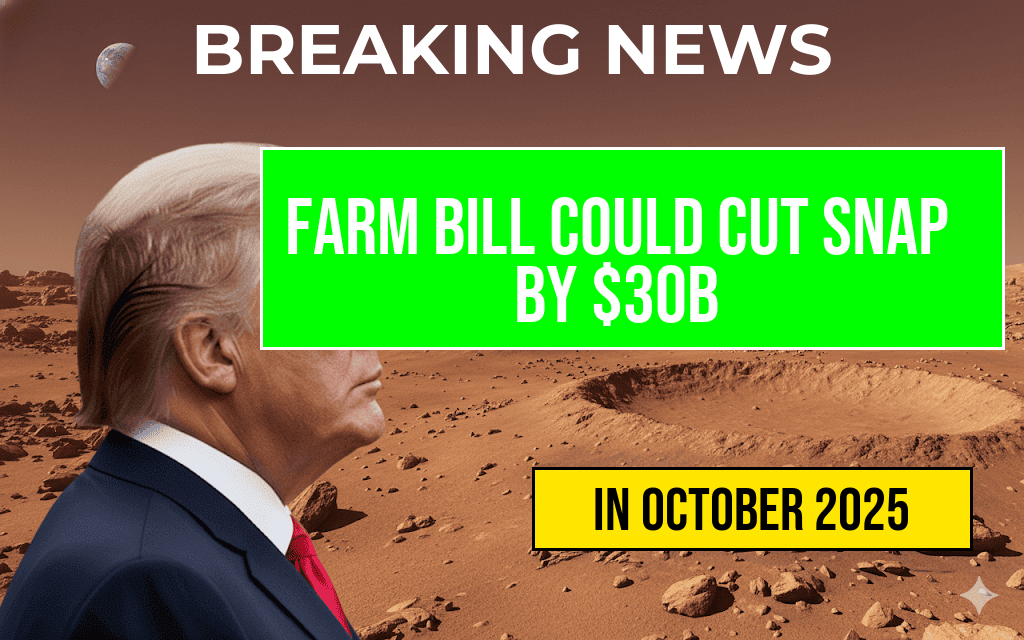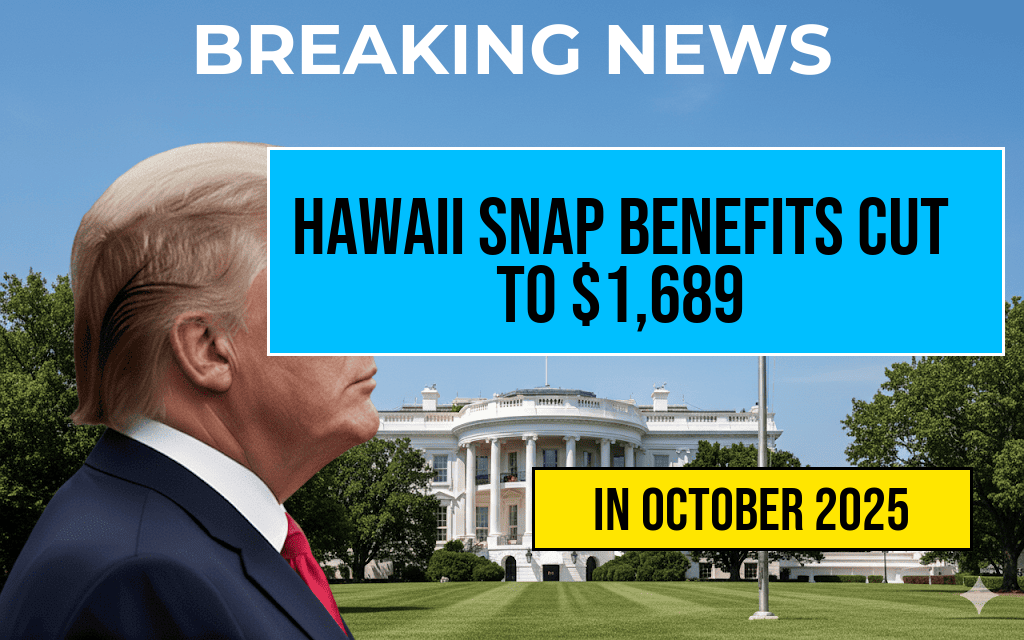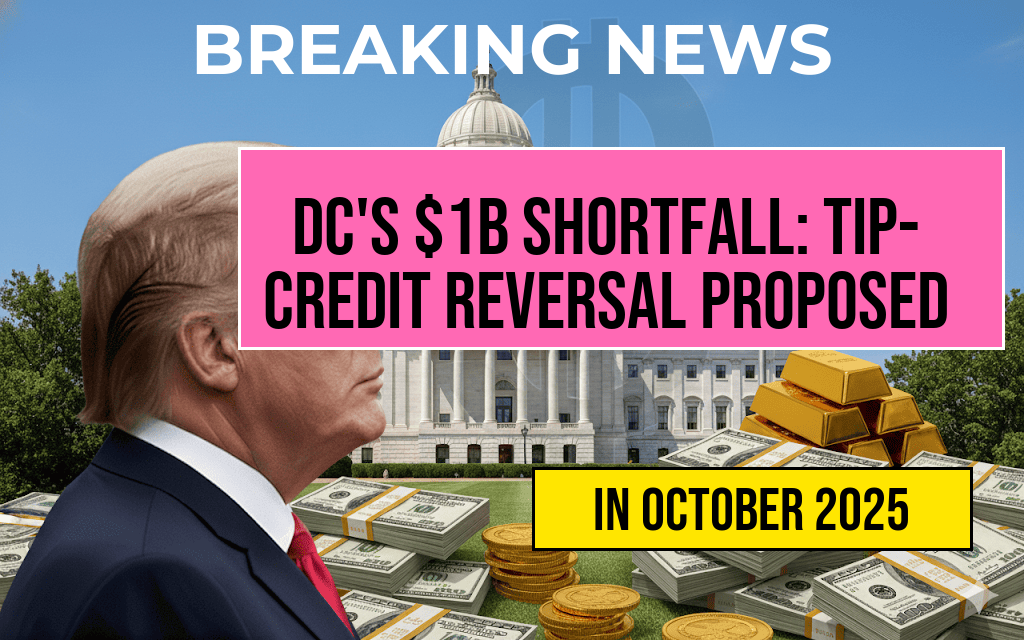A proposed overhaul of the Supplemental Nutrition Assistance Program (SNAP) as part of the upcoming Farm Bill is stirring significant concern among advocates for low-income families. Estimates suggest that the changes could potentially slash grocery budgets by as much as $30 billion over the next decade. The revisions aim to tighten eligibility requirements and restructure benefits, which critics argue could leave millions of Americans without essential food assistance. Advocates fear that these adjustments may exacerbate food insecurity, particularly as inflation continues to strain household budgets across the nation.
Proposed Changes to SNAP
The Farm Bill, which is renewed approximately every five years, plays a crucial role in shaping agricultural and food assistance policies in the United States. This year’s proposal includes several key changes to SNAP that have raised alarms among food security organizations and policy experts.
Eligibility Restrictions
- Income Limits: The new measures would raise the income threshold, making it more challenging for families to qualify for benefits.
- Asset Testing: A proposed asset test would evaluate household savings and property, potentially disqualifying those with modest savings.
- Work Requirements: Increased work requirements may limit access for individuals unable to meet stringent employment criteria.
Impact on Food Insecurity
The potential reduction in SNAP benefits could have dire consequences for many families. According to the Center on Budget and Policy Priorities, nearly 41 million Americans rely on SNAP for nutritional assistance. The projected cuts are likely to lead to increased food insecurity, especially in vulnerable populations, including children and the elderly.
Statistics on Food Insecurity
| Year | Percentage of Food Insecure Households |
|---|---|
| 2018 | 11.1% |
| 2019 | 10.5% |
| 2020 | 10.5% |
| 2021 | 10.2% |
| 2022 | 11.5% |
Political Reactions
The proposed SNAP changes have prompted a spectrum of responses from lawmakers and advocacy groups. Some politicians argue that reforms are necessary to ensure that benefits are targeted toward those who genuinely need assistance. Others assert that the cuts are shortsighted and could lead to increased public health costs as the food-insecure population grows.
Support and Opposition
- Supporters: Proponents of the overhaul believe it promotes fiscal responsibility and encourages self-sufficiency among recipients.
- Opponents: Critics argue that reducing benefits will disproportionately affect low-income families and could lead to higher rates of malnutrition and related health issues.
Future Outlook
The final version of the Farm Bill, which includes the SNAP reforms, is expected to spark intense debate as it moves through Congress. The outcome will significantly impact millions of Americans, potentially reshaping the landscape of food assistance in the U.S.
As advocacy groups prepare for battle, they stress the importance of maintaining access to food for vulnerable populations. The ongoing discussions surrounding the Farm Bill will be critical in determining whether SNAP remains a vital resource for those in need or becomes a limited safety net.
Additional Resources
For more information on SNAP and its impact, you can visit CBPP or explore the latest updates on the Farm Bill on Congress.gov.
Frequently Asked Questions
What is the SNAP program and how does it relate to the Farm Bill?
The SNAP (Supplemental Nutrition Assistance Program) provides food assistance to low-income individuals and families. The Farm Bill is a comprehensive piece of legislation that dictates agricultural and food policies, including funding and regulations for SNAP.
How could the SNAP overhaul impact grocery budgets?
The proposed overhaul in the Farm Bill could potentially slash up to $30 billion from grocery budgets over the next decade, affecting the purchasing power of millions of households that rely on SNAP benefits.
What specific changes are being proposed for SNAP?
The changes include stricter eligibility requirements, reduced benefit amounts, and potential cuts to funding, all designed to reform the SNAP program and reduce government spending.
Who would be most affected by the SNAP cuts?
The cuts would primarily impact low-income families, the elderly, and individuals with disabilities, who depend on SNAP benefits for their daily nutrition and food security.
What are the potential long-term effects of the SNAP cuts on public health?
Reducing SNAP benefits could lead to increased food insecurity, which is linked to higher rates of chronic diseases, malnutrition, and overall public health issues, putting additional strain on healthcare systems.






